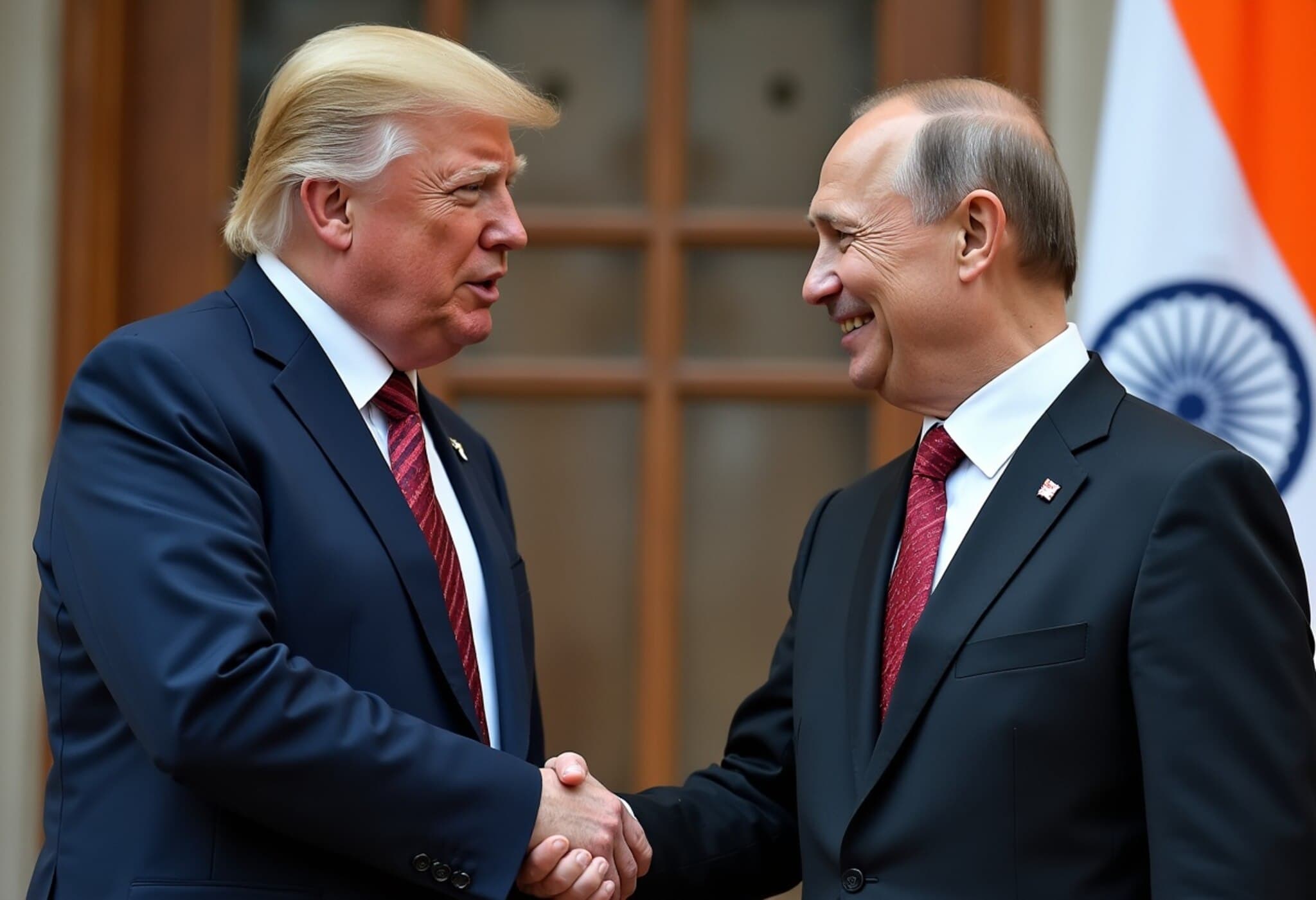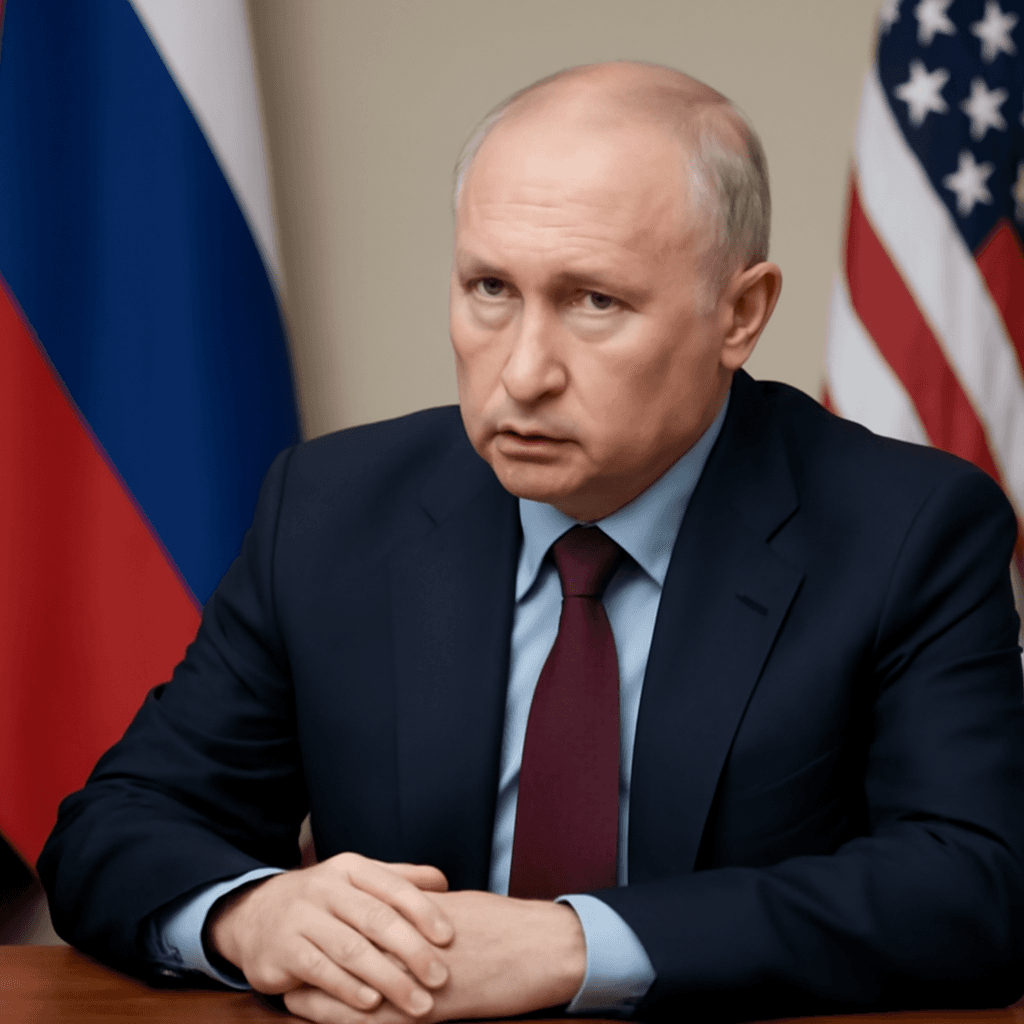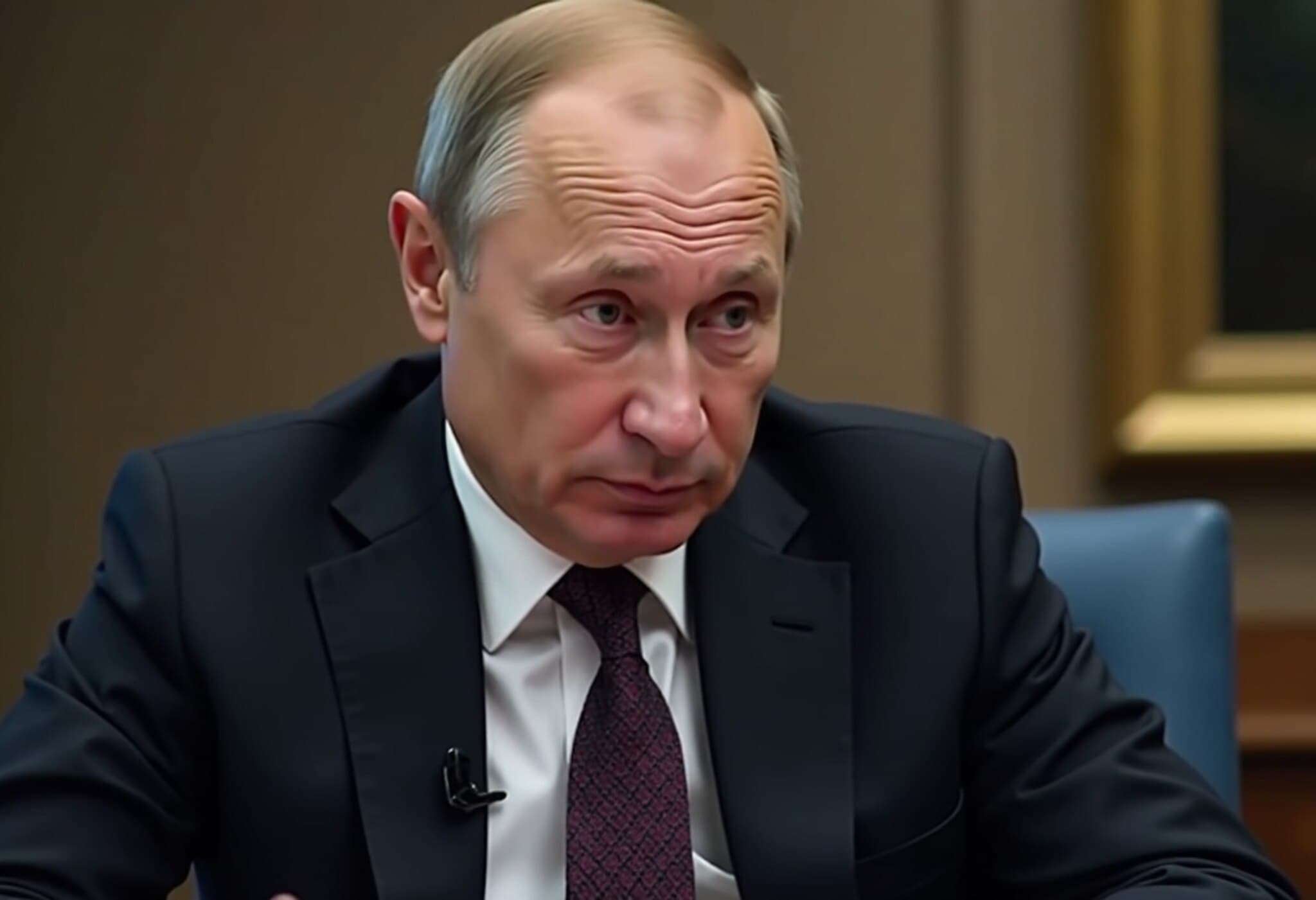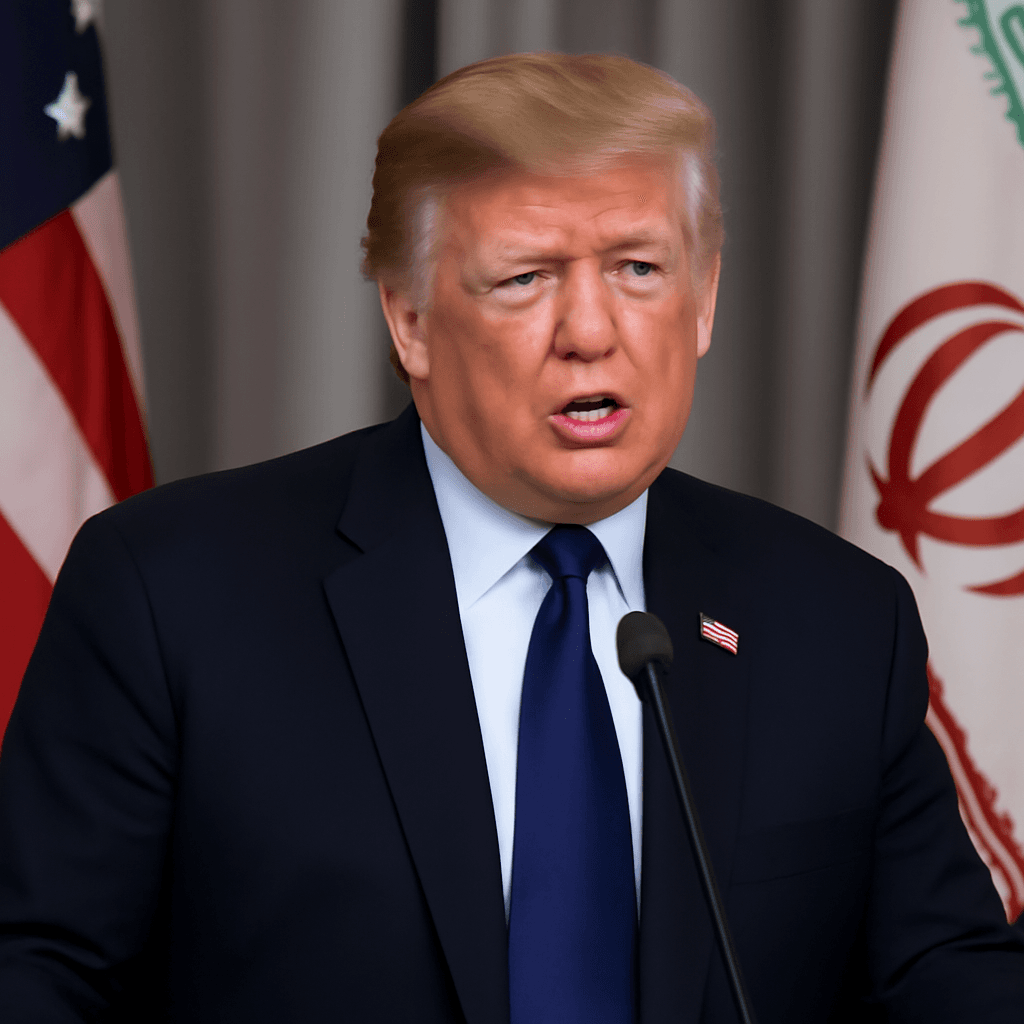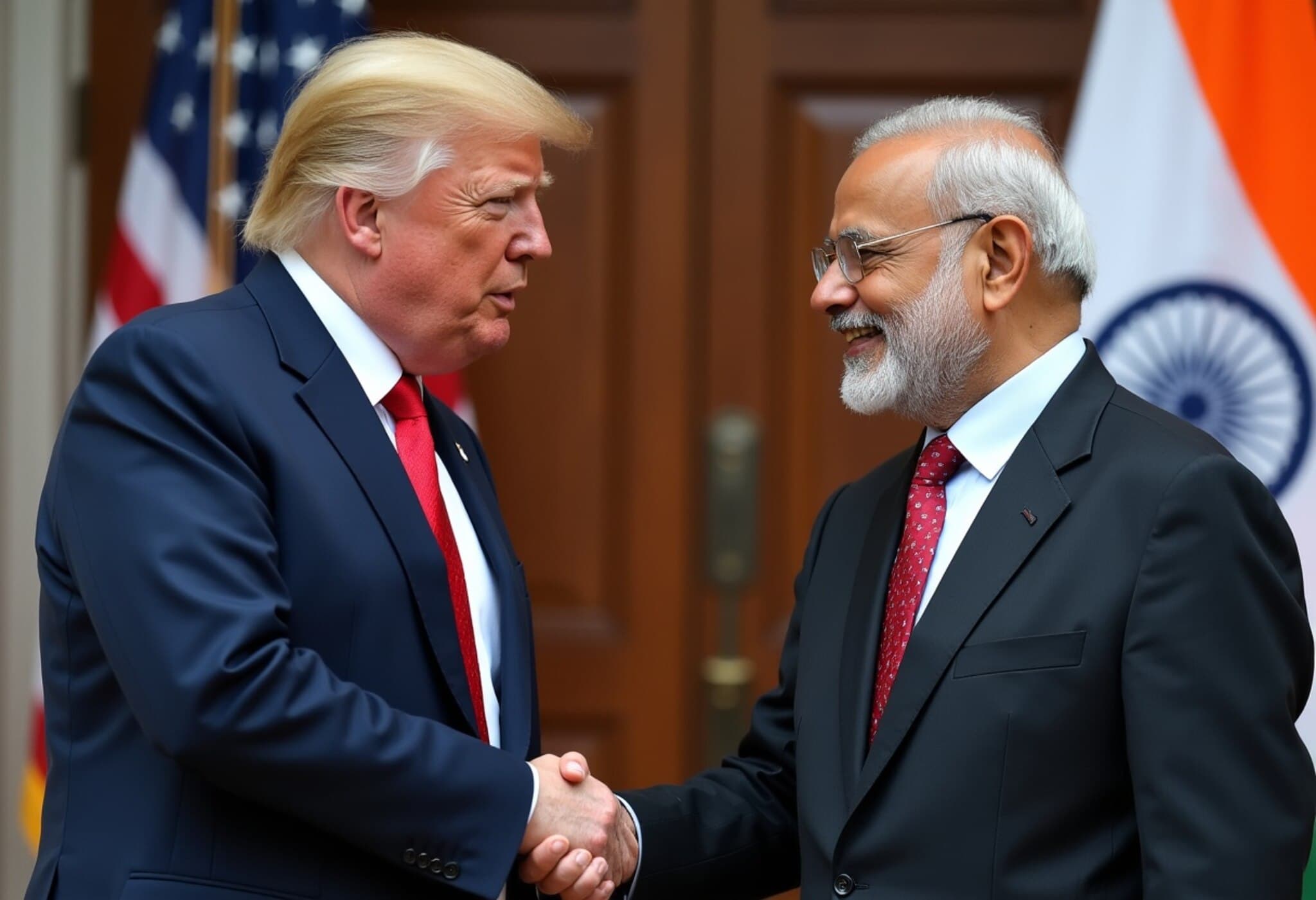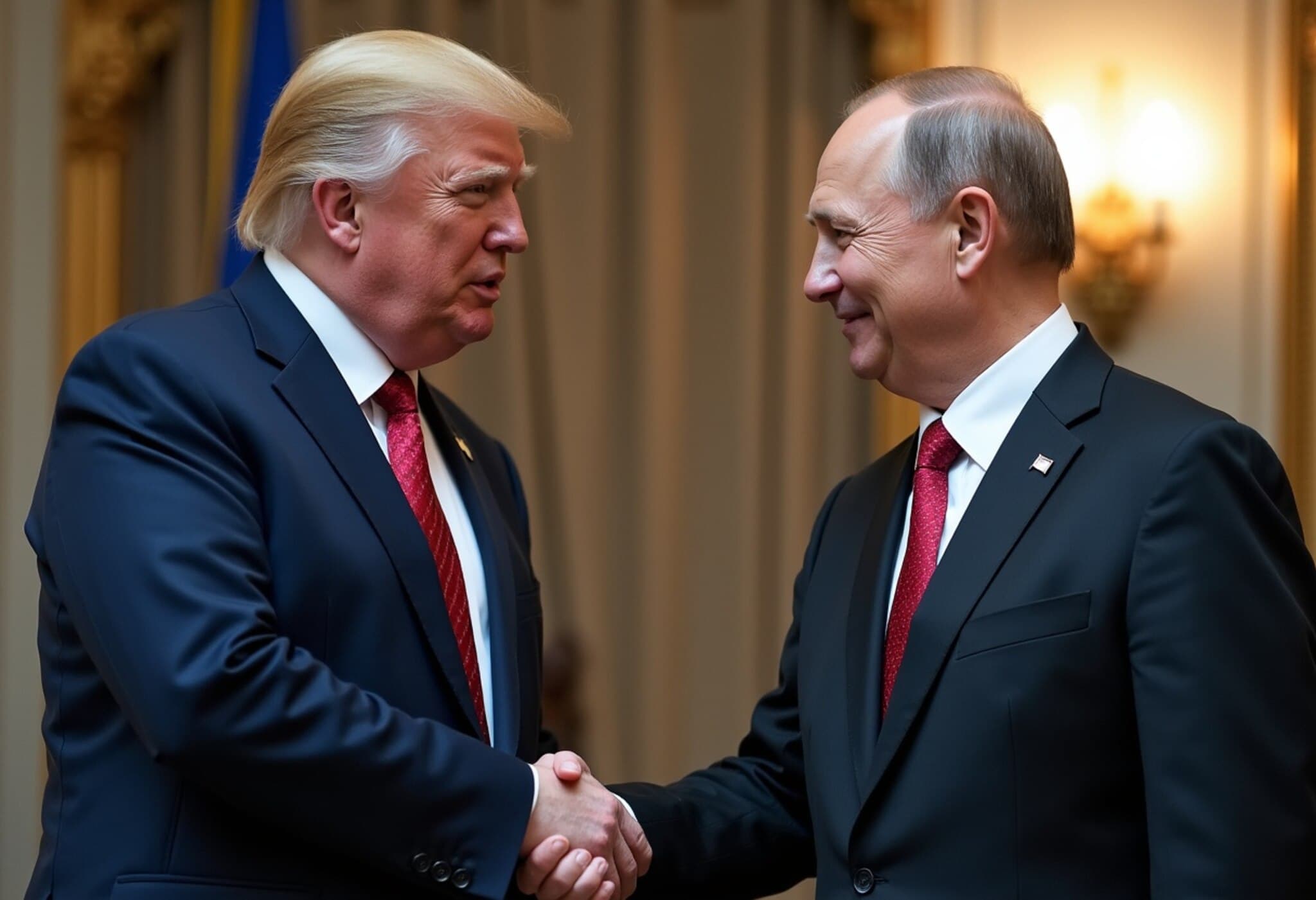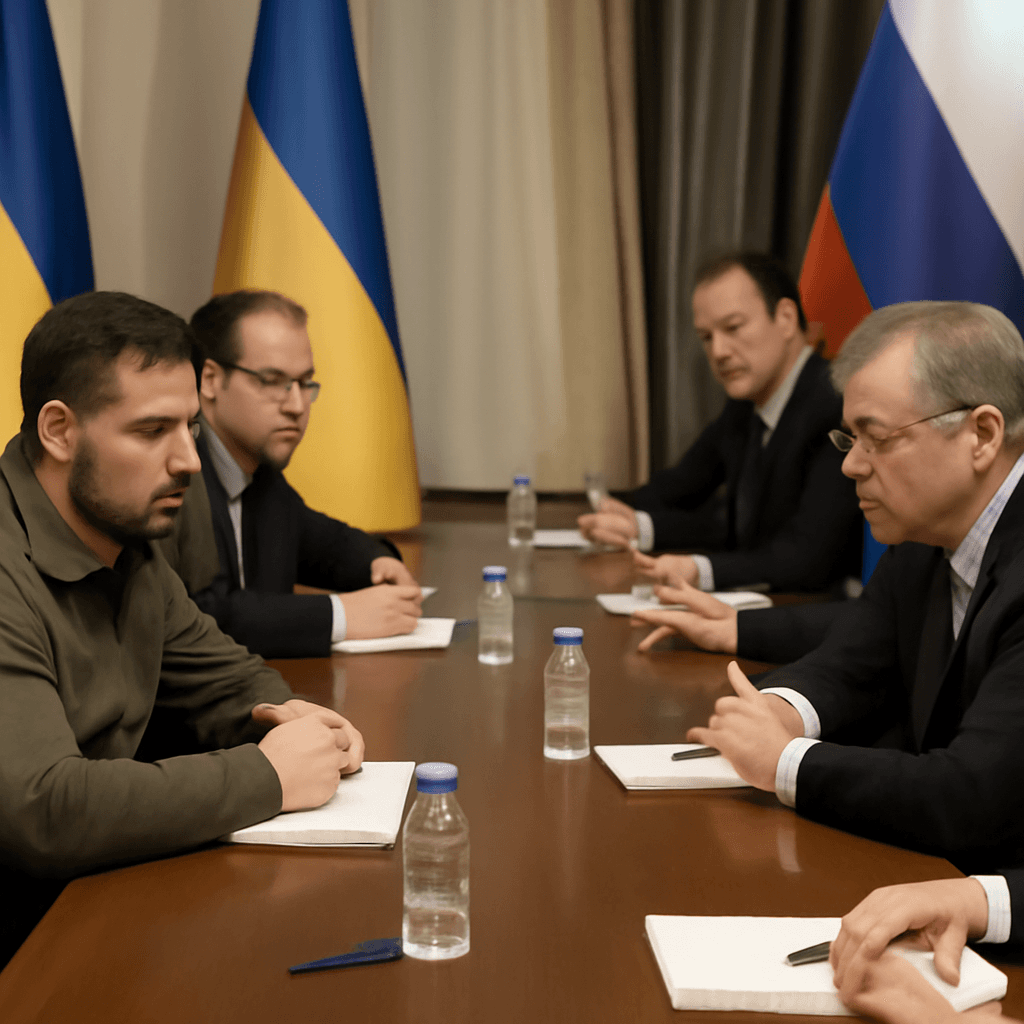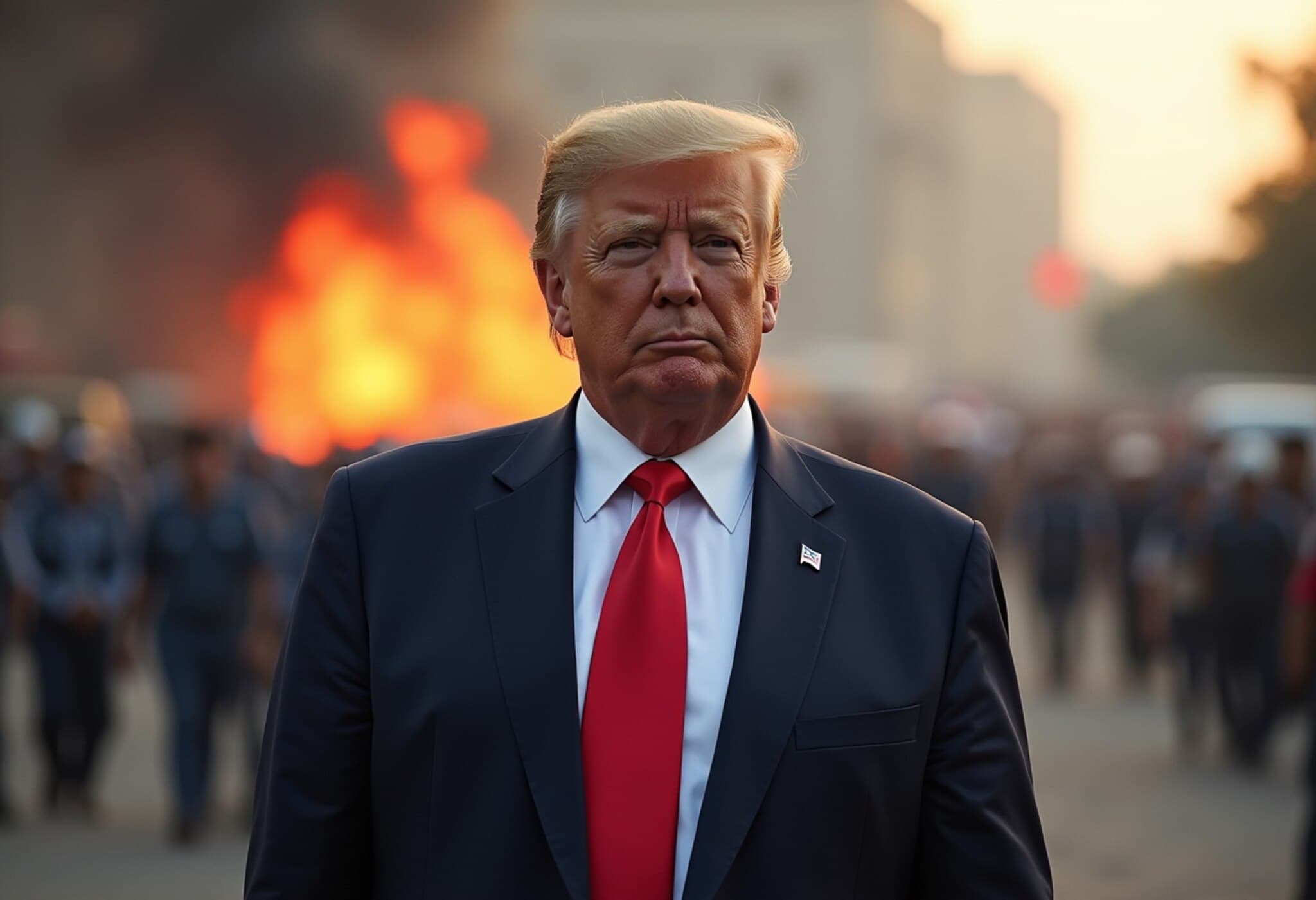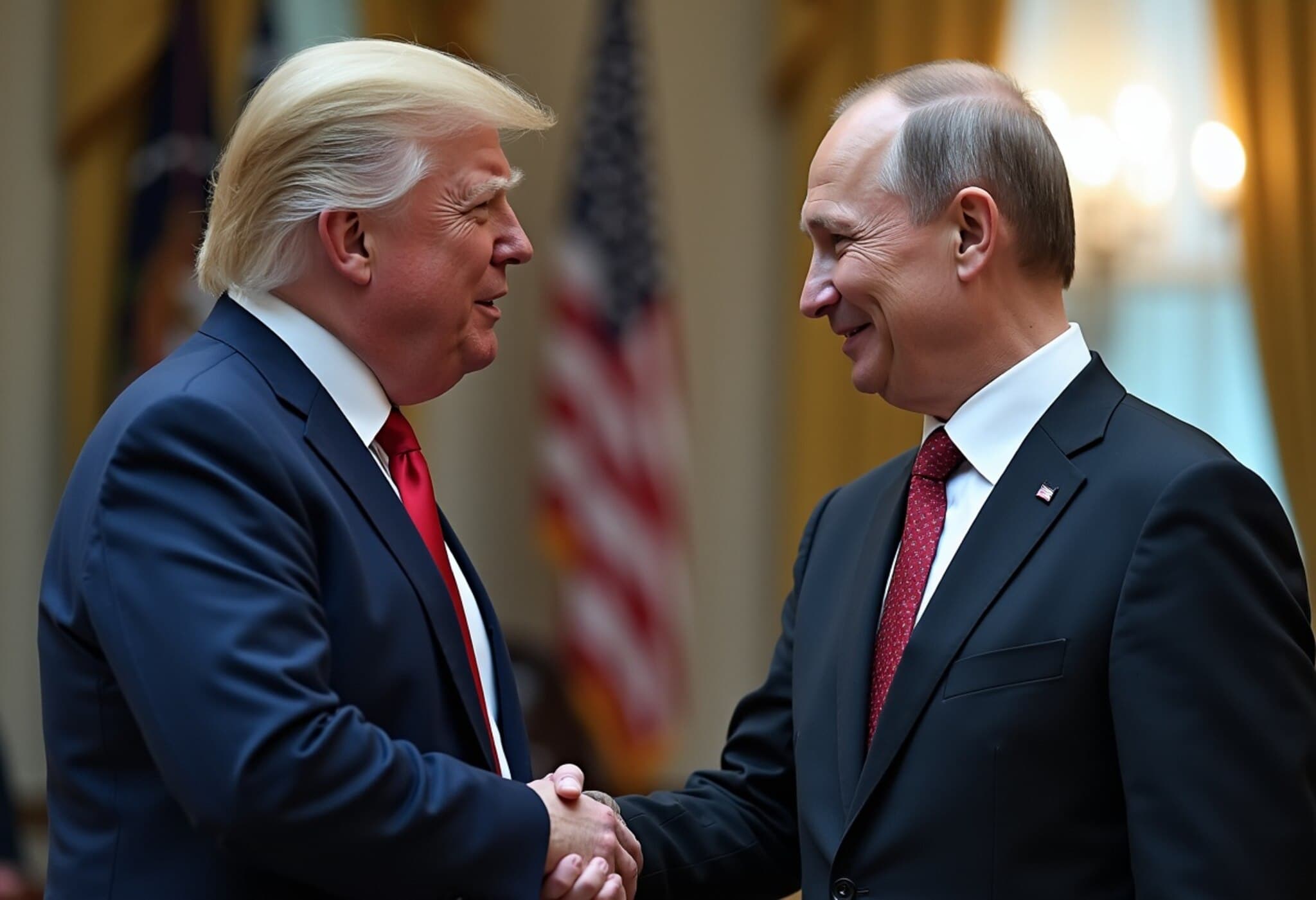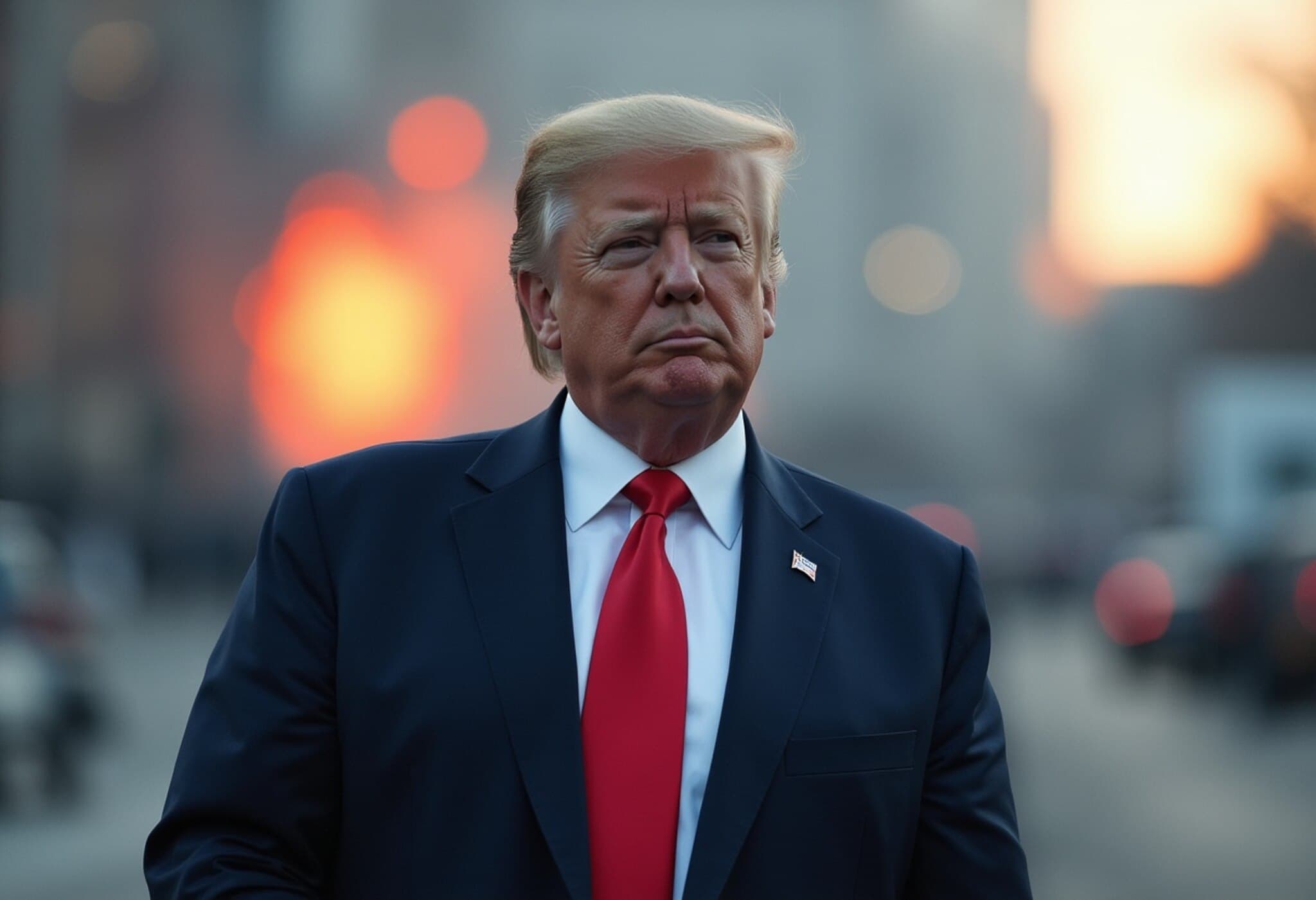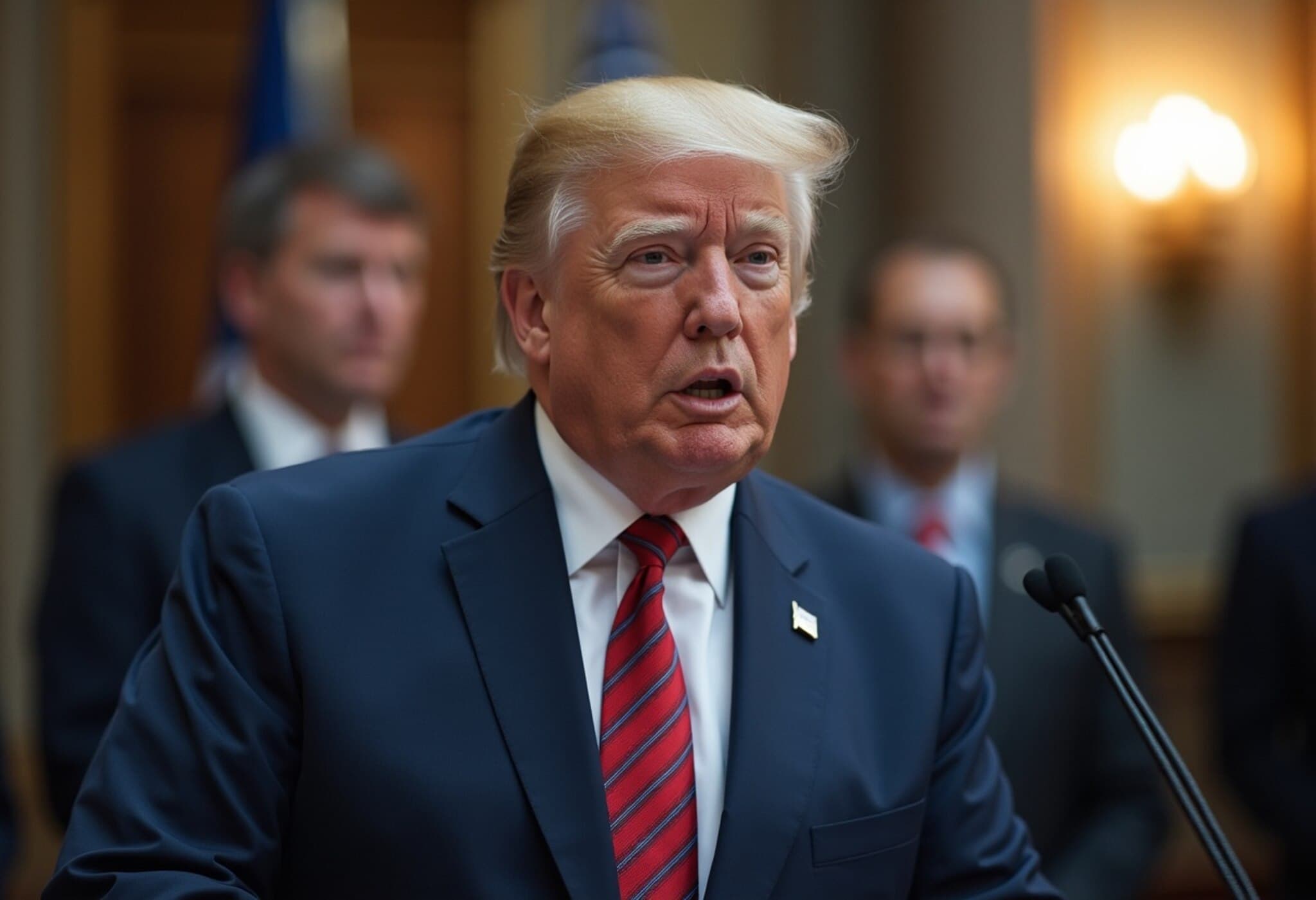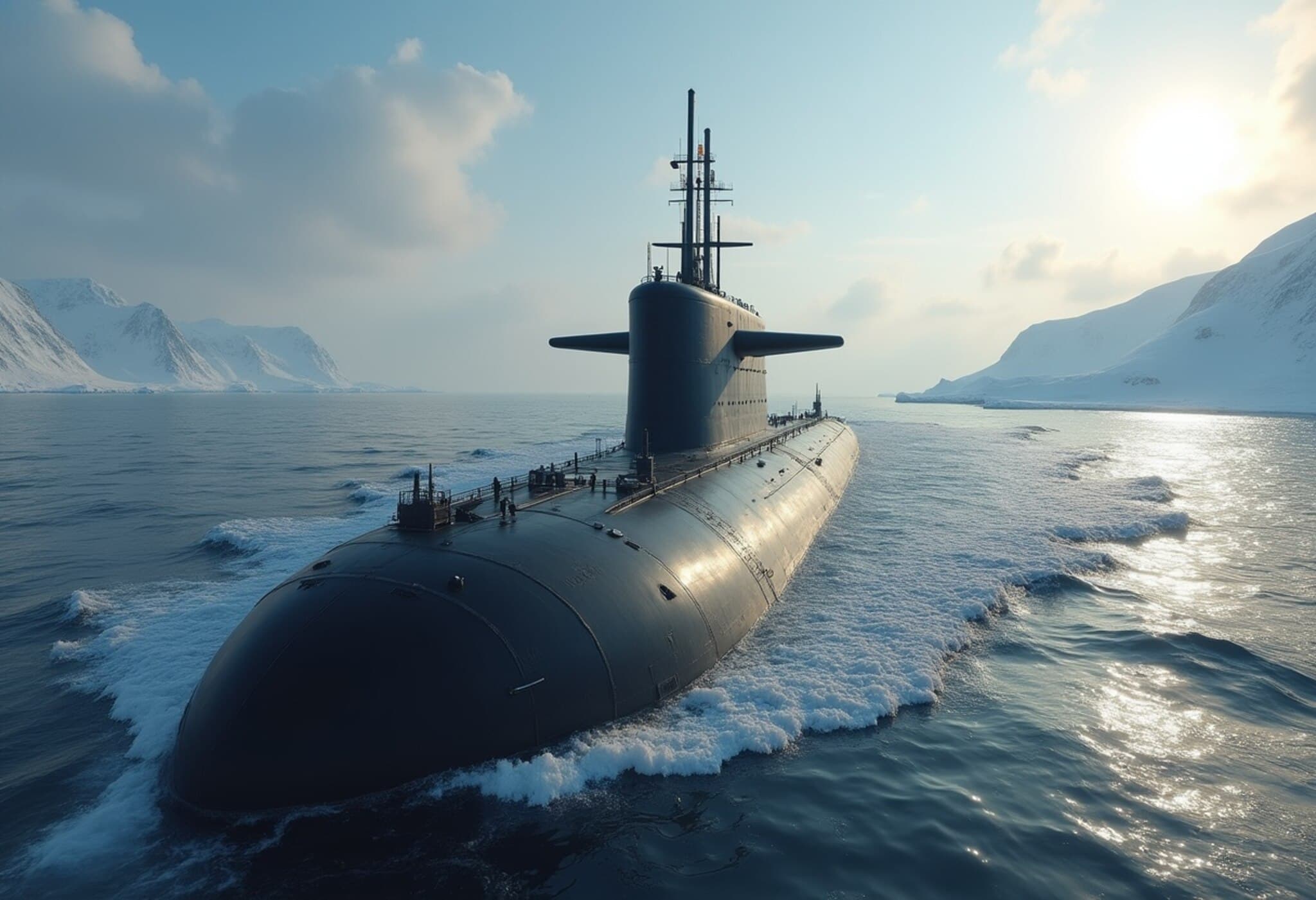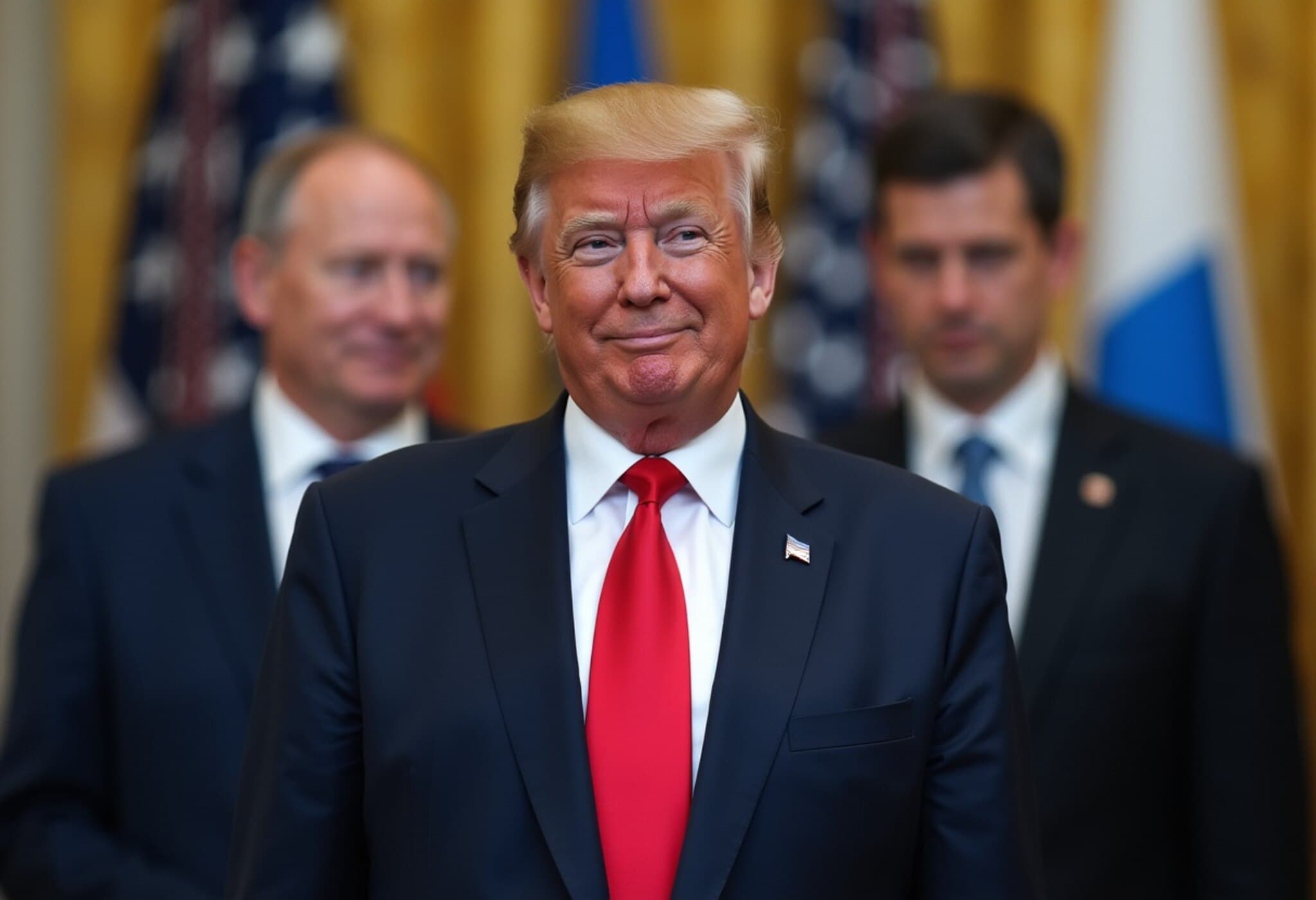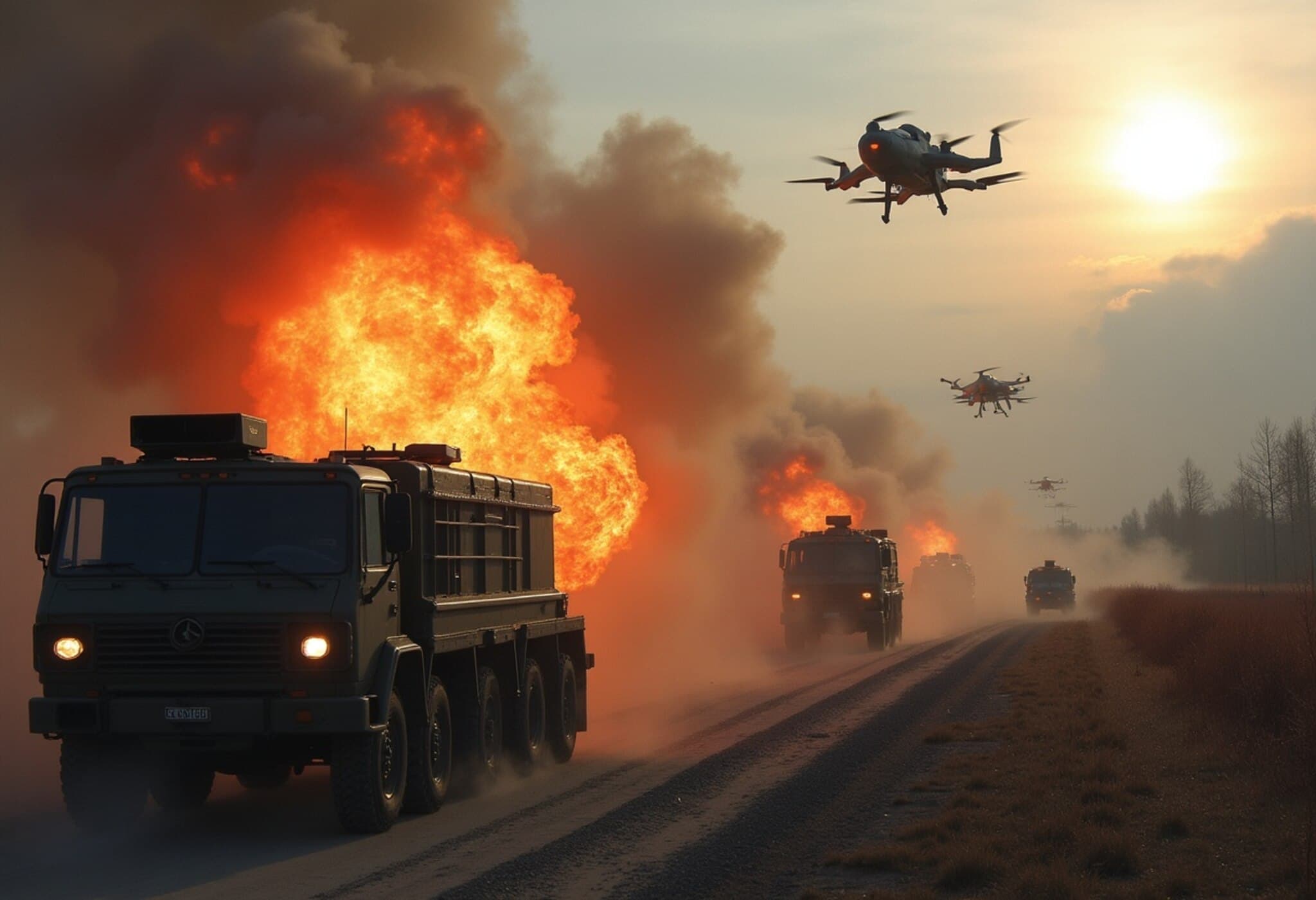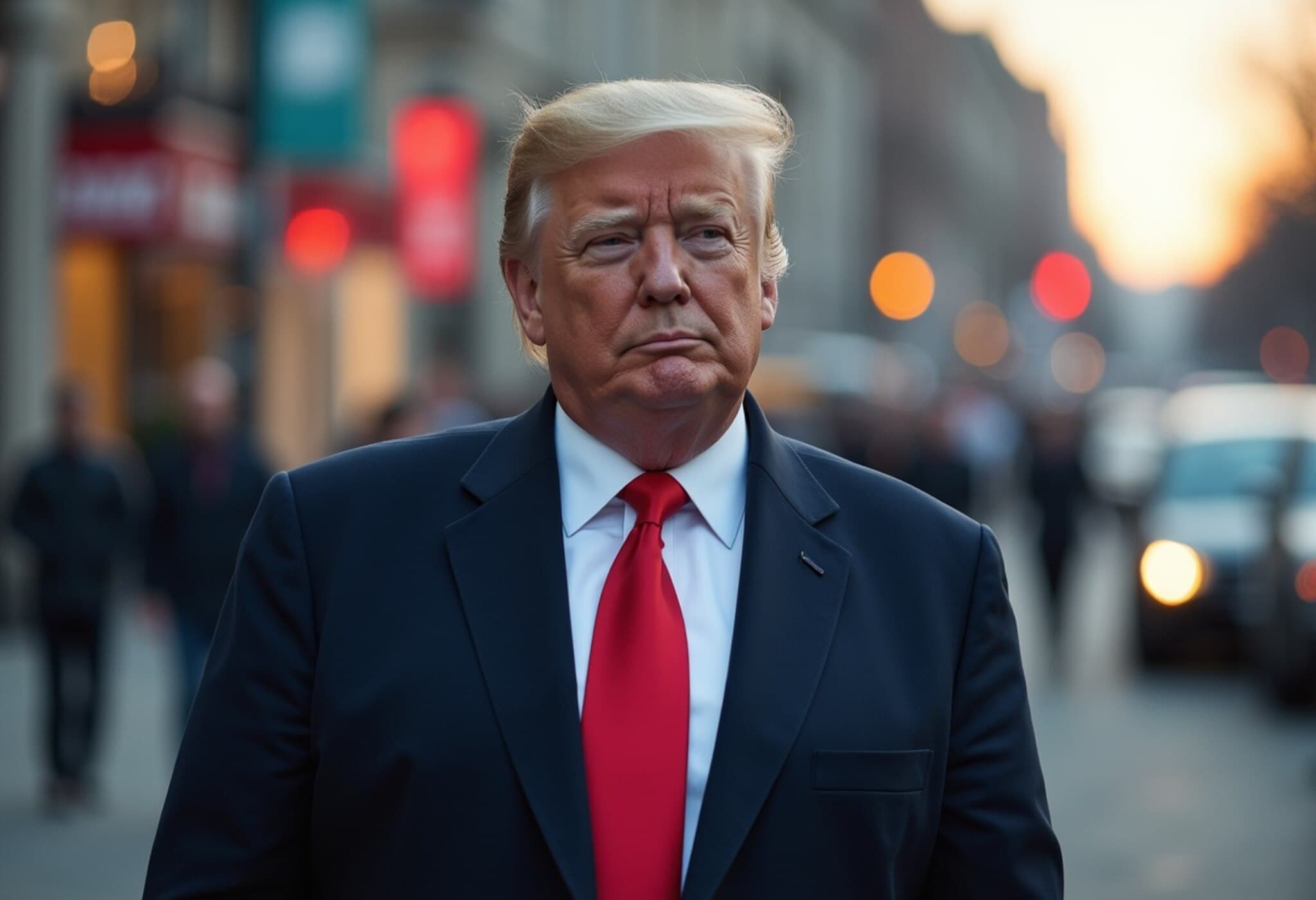Trump Moves Nuclear Submarines Following Provocative Russian Statements
Washington, August 2, 2025 — In a striking move that underscores the fragile state of US-Russia relations, President Donald Trump has ordered the repositioning of two American nuclear submarines. This action was taken in direct response to recent inflammatory remarks by former Russian President Dmitry Medvedev, a key figure in Moscow’s security apparatus.
Unpacking the Incident: Words Triggering Military Moves
The precise operational implications of this repositioning remain undisclosed. However, US nuclear submarines routinely patrol strategic hotspots worldwide as a deterrent measure. This directive signals a significant elevation in alert given the ongoing geopolitical tensions, particularly relating to Russia’s ongoing conflict in Ukraine.
Context: A Heated Exchange Between Trump and Medvedev
The exchange between Donald Trump and Dmitry Medvedev has deepened a complex narrative of antagonism and brinkmanship. Medvedev, once seen as a comparatively moderate figure during his presidency from 2008 to 2012, has since transformed into a vocal hawk within Russia’s National Security Council.
Following Trump's critical remarks labeling Medvedev a “failed former President of Russia” and advising him to “watch his words,” Medvedev swiftly retorted, asserting, “Russia is right on everything and will continue to go its own way.” Such exchanges underscore the elevated rhetoric that has become commonplace since Russia's 2022 invasion of Ukraine.
The Broader Geopolitical Backdrop
The timing of Trump's naval orders coincides with ongoing diplomatic efforts. His administration has dispatched Special Envoy Steve Witkoff to Moscow, seeking a ceasefire in Ukraine and warning of intensified economic sanctions if progress stalls—now with a dramatically shortened deadline of 10 days.
- Medvedev’s Role: Once considered liberal, Medvedev has emerged as a hardline figure, often employing nuclear threats and harsh language against the West.
- Strategic Messaging: Analysts suggest Medvedev’s brash public persona is designed to solidify standing with President Vladimir Putin and the Russian military establishment.
- Risk of Escalation: With rhetoric bordering on threats, there is a latent risk that verbal provocation could exacerbate military tensions.
Historical and Policy Perspectives
This incident recalls the precarious nature of US-Russia nuclear deterrence during previous Cold War eras, where misinterpretations or aggressive signals risked catastrophic outcomes. The repositioning of submarines—a critical component of the US nuclear triad—serves both as a potent sign of readiness and a diplomatic signal.
From a policy perspective, the actions reflect an administration navigating the fine line between deterrence and diplomacy. While Trump’s threats of sanctions and military posturing aim to pressure Moscow, they also raise critical questions about crisis communication and escalation management in a nuclear-armed world.
Conclusion: Between Provocation and Diplomacy
As the world watches, the renewed clash between Trump and Medvedev highlights the complex interplay of rhetoric, military preparedness, and international diplomacy. The critical question remains whether this repositioning will serve as a prudent deterrent or inadvertently escalate tensions that both sides claim to want to de-escalate.
Editor's Note
This episode is a stark reminder of how words spoken by high-profile leaders can ripple into significant strategic decisions, impacting global security. For policymakers and citizens alike, it raises urgent considerations about the use of social media as a platform for international diplomacy and the thin line separating deterrence from provocation in today’s nuclear landscape.
As this situation unfolds, monitoring the diplomatic negotiations and military postures will be crucial in assessing the future of US-Russia relations and the broader international stability.


